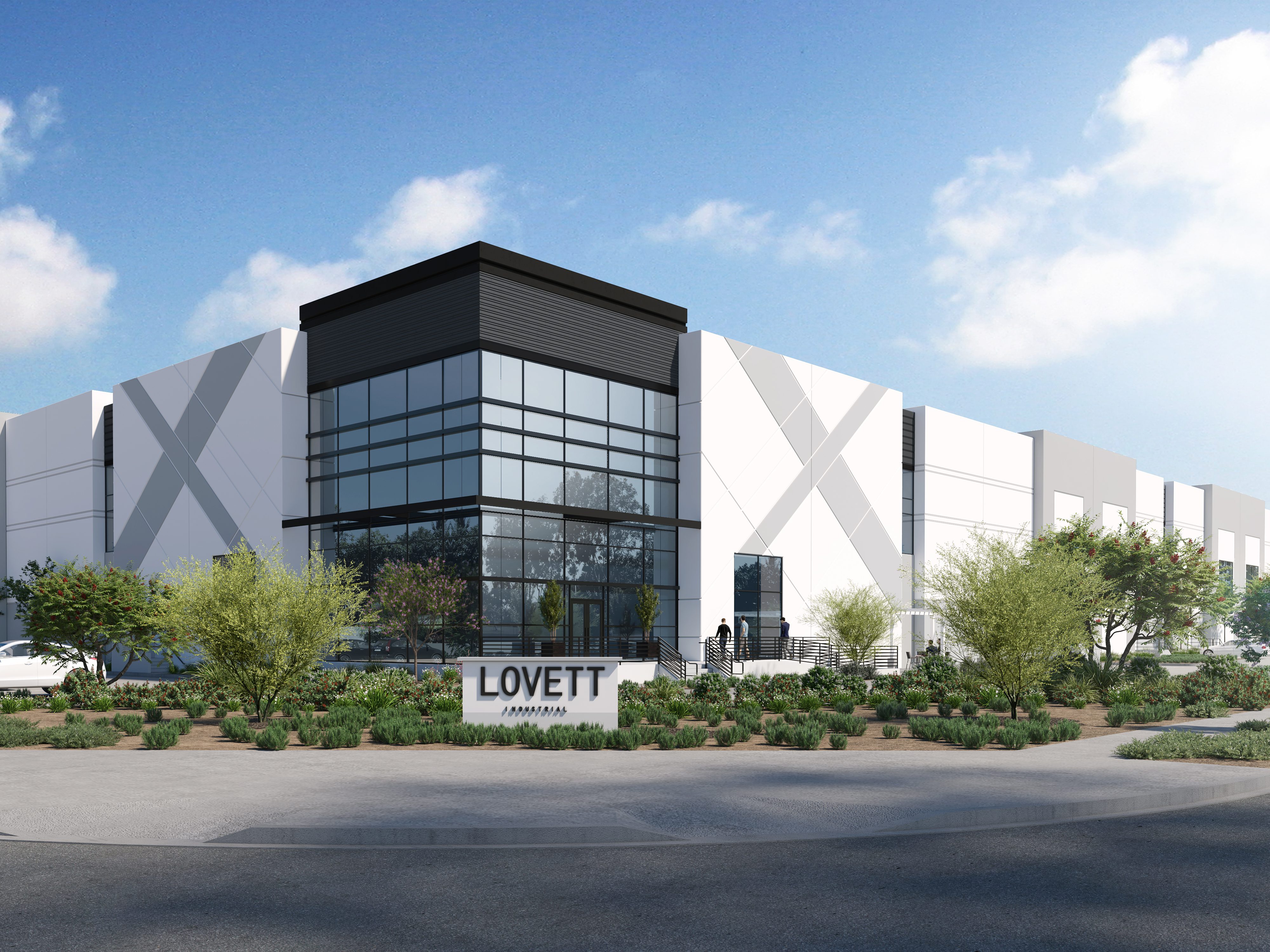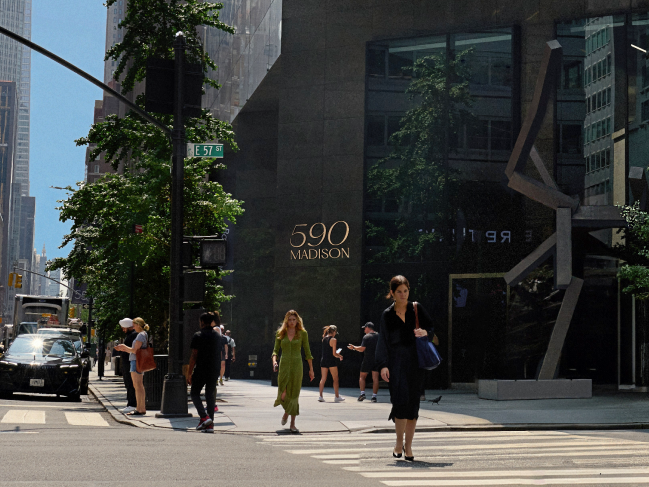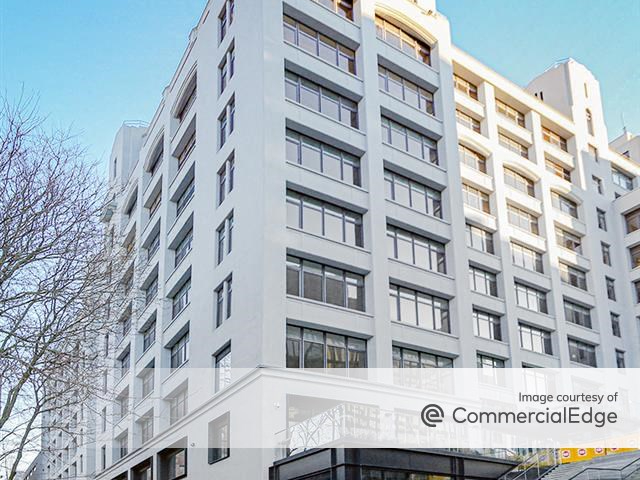Industrial Lenders Keep It Simple
Mitch Zeemont of Gantry on what you need to know about financing warehouse and industrial real estate.

Stating the obvious can be important at appropriate times in a cycle. So let it be said, hands down, that industrial real estate seems to be the most-favored asset class for commercial real estate lenders for 2021 allocations.
Gantry works with well over 100 capital lending sources, and all are showing an appetite for well-positioned industrial properties. This means options abound on rates and terms in the asset class. Expect competition from lenders in the second half of 2021 to remain robust and to be actively seeking out these allocations.
For borrowers, this means the time is right in 2021 to review their capital strategies across a multitude of structures and sources before we see a shift in these conditions. Whether it’s a refinancing or an acquisition, terms remain extremely favorable with rates at what are essentially generational lows. Interest-only payments are helping to mitigate the compression on cap rates for buyers, as investor capital continues to flood the market.
With that being said, here are a few key relevant considerations as we move into the third quarter of 2021:
Asset type: What type of industrial assets are getting the most attention? All other things being equal, lenders are gravitating to loans for basic, multitenant buildings that feature high ceiling heights and offer blank slate attributes from a relevant location. The simpler the building, the more depth of demand we are seeing from lenders who seem to appreciate these incubator-style buildings that a current or future tenant can ultimately customize to their preference.
Sponsorship: One of the key factors for lenders in this current cycle is underwriting to sponsorship. Now is the time to cash in on a history of performance. Borrower strength and experience is especially important to lenders and critical to securing the best terms and will generate competition beyond just asset quality.
Life companies: This lender class has a ravenous appetite for industrial product in the major metropolitan markets. For long-term, permanent debt there may be no better source or time in the cycle. These lenders prefer lower leverage and gravitate to the healthy industrial market conditions and low vacancies of major MSA markets. Regions like the Bay Area, Los Angeles and Phoenix are especially attractive to lenders in this class looking for strong fundamentals, economic growth potential and subsequent residual asset values in the local marketplace.
Banks: Banks are best positioned to compete on loan proceeds and rates in the current cycle. From small independent banks to big money-center institutions, these lenders are pursuing stabilized properties and shorter-term loans. However, at a higher leverage point, banks are seeking some recourse from sponsors to get deals done. Banks can be appealing lenders because they oftentimes have boots on the ground and are closer to what’s happening in a given market, helping them to tailor their underwriting to a real-world analysis. That is an attractive advantage over distant institutional lenders.
CMBS: Allowable leverage is higher for these lenders. Terms are generous, and an interest-only loan is not a problem. This is a far more formal and rigid option, however, when loan events occur. For most CMBS lenders, the prevailing sentiment is that if the markets move into an economic recession, interest-only loans are actually in a better place to perform, so they prefer this option. CMBS becomes a less flexible and more rigid structure in a challenged market climate, however, the low rates offered from these securitized loans can be extremely compelling.
Mitchell Zeemont is a principal in Gantry’s San Francisco office.






You must be logged in to post a comment.